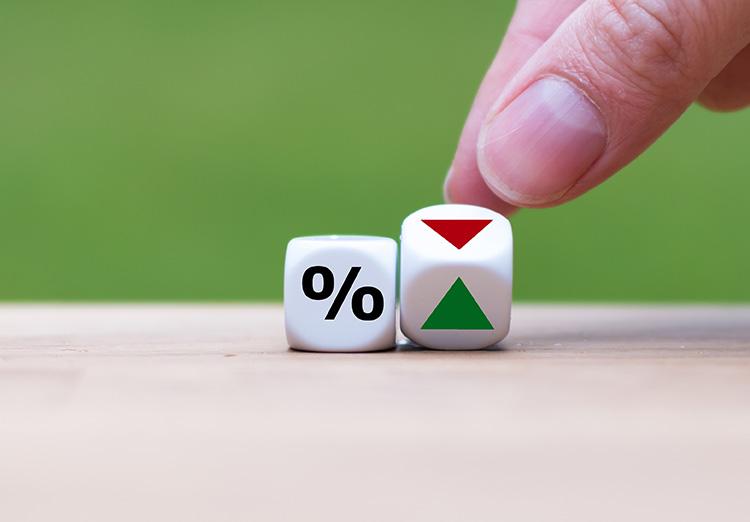Poland: Economic outlook dims as forward-looking indicator drops, new orders decline
The Forward Looking Indicator (WWK), a key economic measure forecasting future trends, slipped by 0.2 points in October 2024, marking a continuous decline since the start of the year. Cumulatively, the index has dropped by 1.5 points, underscoring a persistently bleak economic outlook.
A key factor driving this downturn is the ongoing decrease in new manufacturing orders, affecting both international and domestic markets. With sluggish economic activity across much of Europe, foreign demand has weakened, while signs of shrinking domestic demand—previously a growth engine—are also emerging. The hardest-hit sectors include metals, machinery and equipment, electronics, and textiles.
This reduced demand has led to an unusual surge in the stockpiling of finished goods. Despite months of efforts to reduce inventories and scale back production, companies are finding their warehouses unusually full. This inventory build-up is particularly concerning, as firms typically clear out space in anticipation of holiday production needs. The implication is that further production cuts may be on the horizon.
While industrial output remains weak, there has been a slight improvement in the financial outlook among manufacturing companies. Some firms have adapted to cost pressures from minimum wage increases, while downsizing inventory has helped lower operating costs. However, sentiment remains largely negative, with over 15 percent of companies reporting financial deterioration compared to those seeing improvement.
Business leaders across the sector also express a grim outlook for the broader economy, resulting in a cautious approach to investment. This year and next, most firms plan to rely on their own funds for capital expenditures, with only 25% seeking bank loans to supplement financing.
The M3 money supply saw a modest rise compared to last month, though it has largely stagnated this year. Corporate investment remains low, as reflected in muted demand for business loans. While household borrowing is relatively stronger, mortgage interest has dipped significantly since June, indicating broader financial caution among consumers.









